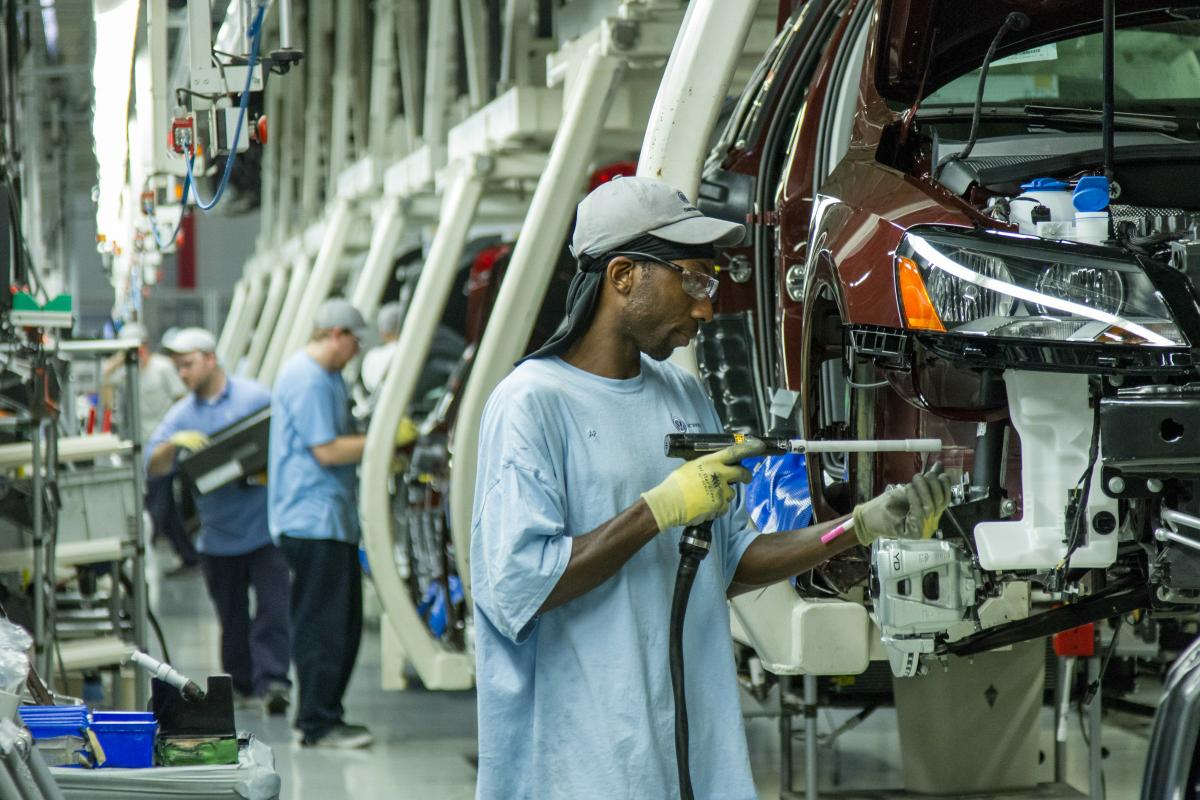Top 4 Challenges in Workplace Prevention Programs


Top 4 Challenges in Workplace Prevention — #4
By Tim Clark
Injury Prevention Programs have existed for decades. But 4 major challenges exist.
Part 4 of a 4-part series
#4 WORKPLACE INJURIES TREATED WITH MEDICAL ATTENTION OFFSITE, EVEN WHEN MINOR
WORKPLACE INJURIES TREATED WITH MEDICAL ATTENTION OFFSITE, EVEN WHEN MINOR
Injuries happen all the time in workplace settings. They happen more often in industrial settings where manual work is performed. Lifting or moving heavy objects, falls, slips and trips, repetitive motion, being struck or stuck by objects, and overexertion are the leading causes of work injuries.
A handful of large manufacturers and other industrials have only one or two locations and may have occupational health professionals and maybe even a small clinic onsite. They are able to see and treat employees for injuries both major and minor.
But the rest of the companies, with multiple locations and shifts, do not have an alternative when it comes to dealing with worker injuries and must send them off-site for medical consultations.
![]() When Workers Get Injured
When Workers Get Injured
Let's give an example of an employee who is working a production line for a food distribution company on the third shift. This person stands for long periods of time, reaches over to lift items off the line, bends over to place items into boxes, and when boxes are full, they pick the boxes up and carry them away.
Over time, the worker experiences back pain from the bending, lifting, and awkward stretching. When the pain becomes bad enough, the worker reports this to a line supervisor. What usually happens is the worker is either sent out to visit a late-night clinic, told to contact their physician (if they have one), or referred to a nurse hotline (if they have one.)
In this scenario, what usually happens is that the worker receives a medical consultation or the hotline refers them to receive the consultation and the worker must leave the site, losing time away from work.
With medical consultations, a lot of things happen.
- Claims are created that can be added to a total, causing insurance premiums to rise dramatically
- Workers are instructed to take time off of work, creating recordables, lost work time and days away from work
- Productivity suffers because the worker is almost always off for two weeks when consultations are involved
- Other workers are forced to take up the slack on the line, creating more stress for them
- And the injured worker usually spends a long time being treated offsite in physical therapy groups
All of this costs a company a great deal of money, productivity, and worker stress that can lead to turnover. Repeat this scenario with two to four employees per month, on average. And they constantly add to a safety professional's ballooning list of recordables every month and year. Rinse, lather, repeat.
But What if You Had a Filter in Place?
This is where industrial companies need some type of filter in place to stop the flow of workers being sent out to clinics for the sprains, strains, aches and pains that do not always require a medical consultation.
Within Virtual Injury Prevention services from Healthy Roster, we have a feature called Healthy Filter that gives you that powerful option.
Beyond being able to provide your employees with ergonomic evaluations, preventative LMS content, jobsite analysis, and ongoing wellness checks, Healthy Filter allows trained medical professionals to triage workplace injuries onsite.
But... that would be too expensive, you say, to have medical professionals onsite for every location and every shift! Right?
 With Virtual Injury Prevention, your employees get access to workplace athletic trainers — available 24x7 — to triage injuries. Workplace ATs are experts in the injuries that lead to those aches and pains from over-exertion, lifting objects, standing for long periods, and repetitive motion.
With Virtual Injury Prevention, your employees get access to workplace athletic trainers — available 24x7 — to triage injuries. Workplace ATs are experts in the injuries that lead to those aches and pains from over-exertion, lifting objects, standing for long periods, and repetitive motion.
Employees report their minor injuries to the medical professionals via walk-up kiosk, mobile apps, and hotlines that lead to telehealth video conferences. The athletic trainers conduct visual evaluations on worker injuries on the spot. They can determine if the injury is truly serious and need to go for X-rays or CT scans, or if they can actually return to work. The ATs can easily view and discuss the problems the workers are having, what their range of motion is, the scale of pain, and then offer advice and provide solutions that rarely require outside medical consults. Workers can even use the mobile app from home, or in their car, if they don't want to discuss issues at work.
Give your employees the safety and convenience they expect today. With the pandemic, people got used to talking with their doctors via telehealth. Young and old alike are now dependent on their phones and video technology. Adoption has never been greater and our clients love having this service available to them.
Interested in finding out how you can more implement a Virtual Injury Prevention pilot at your company? Talk with us today to see how we help with remote injury prevention, virtual ergonomic evaluations and follow-up, telehealth triage, and data reporting so that you can affordably know what's happening in every facility and on every shift:
Read Part 1 and Part 2 and Part 3 to learn more about the Top 4 Challenges in Injury Prevention Programs
